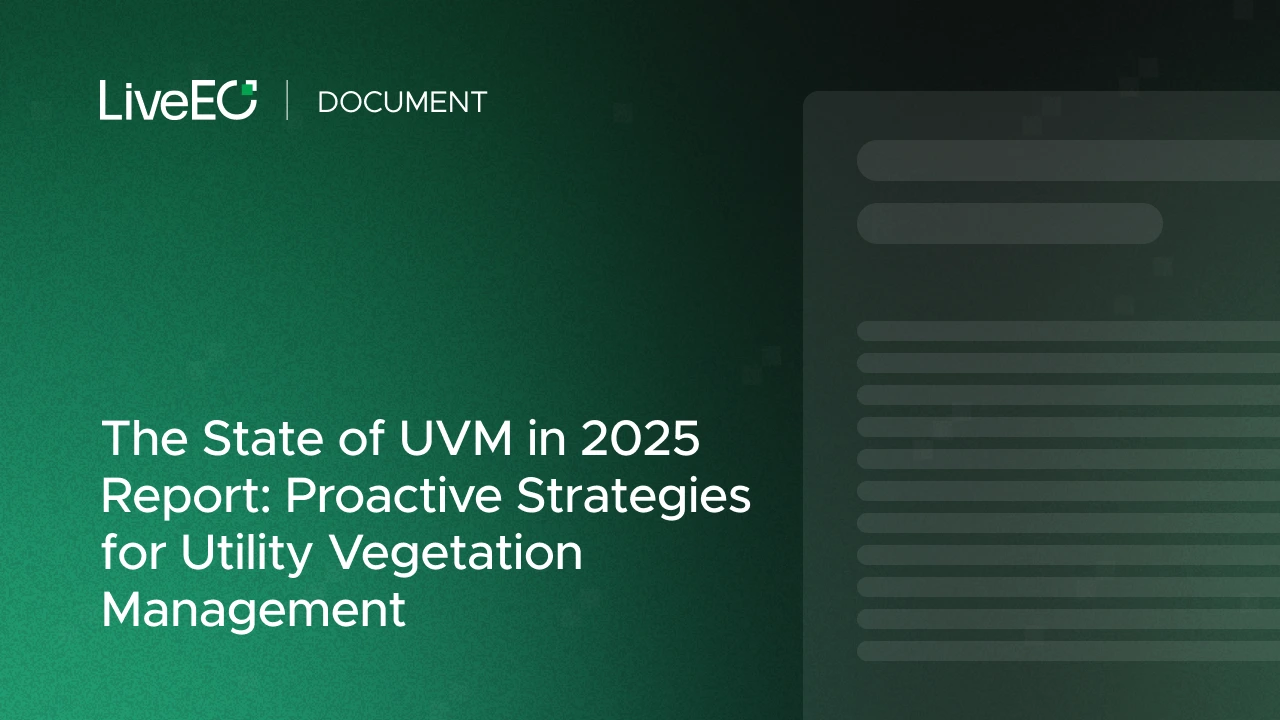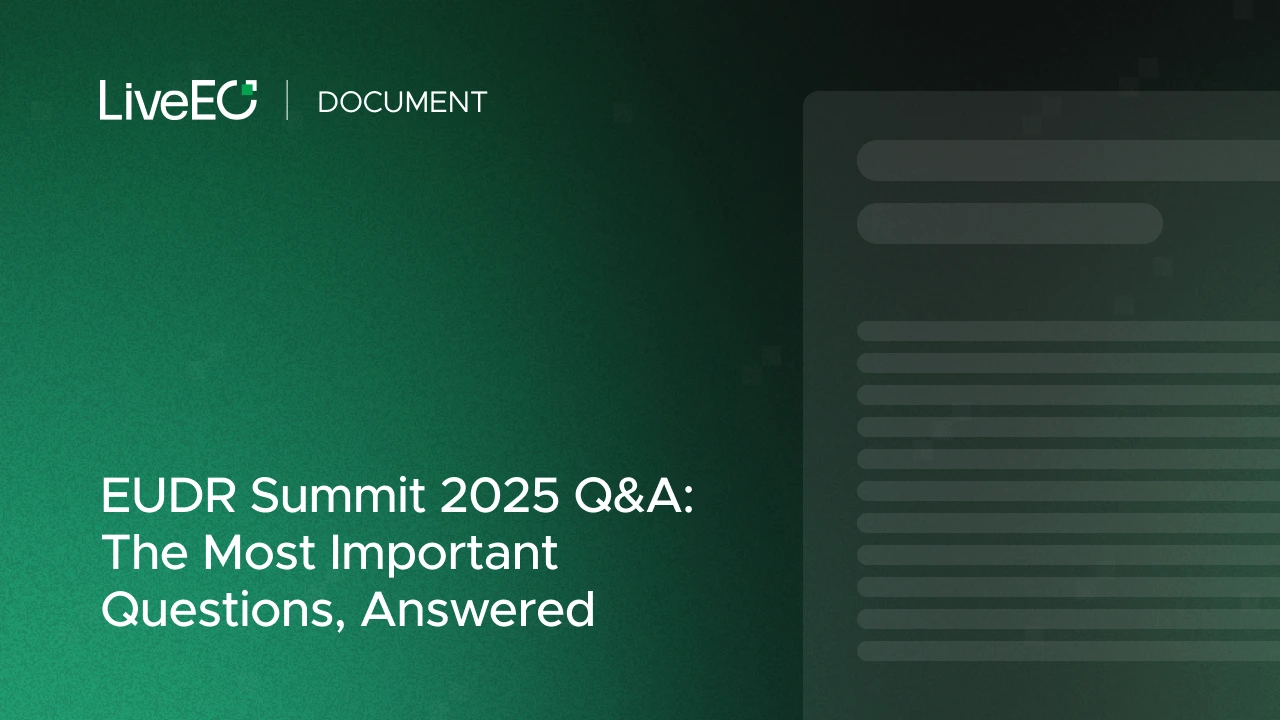LiDAR & Satellite Data Synergy Guide: How Utilities Are Transforming Vegetation Risk Monitoring
Discover how leading utilities combine LiDAR precision and satellite scale to revolutionize vegetation management, reduce wildfire risk, and build grid resilience.
During a time when climate change and growing energy demands heighten the risk of outages and wildfires, utilities are turning to advanced remote sensing. This practical guide explains how integrating LiDAR and satellite imagery creates a new standard for safety, efficiency, and sustainability in Utility Vegetation Management (UVM).
What’s Inside the Guide
This in-depth whitepaper unpacks how utilities can move beyond the limitations of single-technology monitoring. You’ll explore the complementary strengths of LiDAR and satellite imagery, and how their combination enables smarter, faster, and more cost-effective vegetation risk management.
Among other insights, the guide covers:
- Key differences between LiDAR and satellite data and when to use each
- Five strategic use cases for maximizing vegetation monitoring efficiency
- Closing awareness gaps between LiDAR cycles with continuous satellite coverage
- Reducing wildfire risk through early detection and proactive mitigation
- Deploying Integrated Vegetation Management (IVM) to improve cost efficiency and ESG performance
- Case study: How LiveEO helped an Australian utility achieve near-LiDAR precision using AI and satellite data
{{button}}
Top Topics Covered
Here’s a glimpse into the practical insights you’ll find:
- How can satellite imagery complement LiDAR in detecting “cycle-buster” trees between inspection periods?
- What’s the role of deep learning in reconstructing 3D vegetation models from satellite data?
- How can utilities make off-right-of-way (off-RoW) trees actionable without extending costly field operations?
- What are the cost and accuracy trade-offs when fusing LiDAR and satellite data for network-wide risk monitoring?
- How does Integrated Vegetation Management (IVM) improve both reliability and biodiversity outcomes?
Why It Matters
With climate volatility increasing and regulatory pressure rising, utilities can’t afford vegetation blind spots. This guide helps you:
- Strengthen risk monitoring programs with scalable, data-driven insights
- Bridge inspection gaps between LiDAR flights
- Improve wildfire prevention and compliance outcomes
- Align vegetation strategies with sustainability and ESG goals
{{button}}







